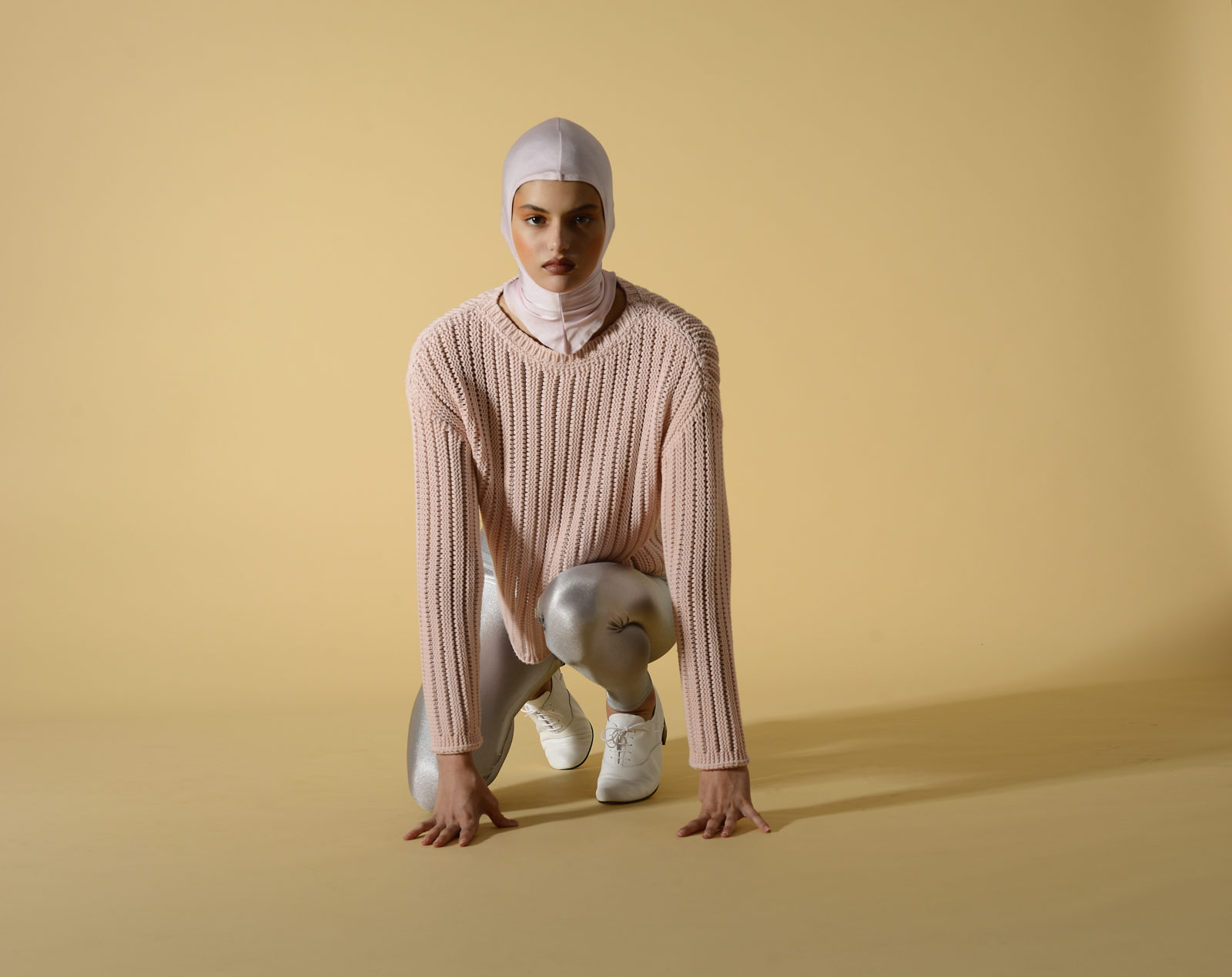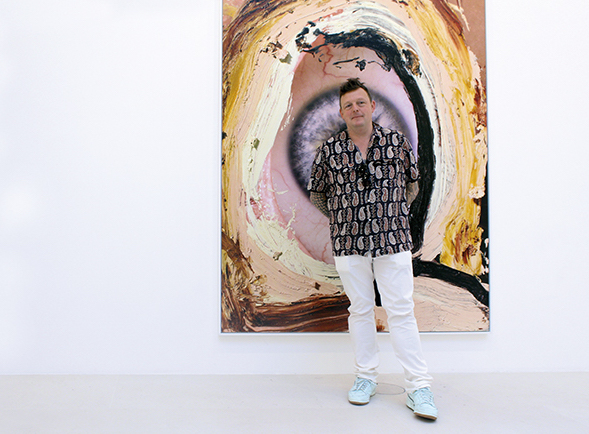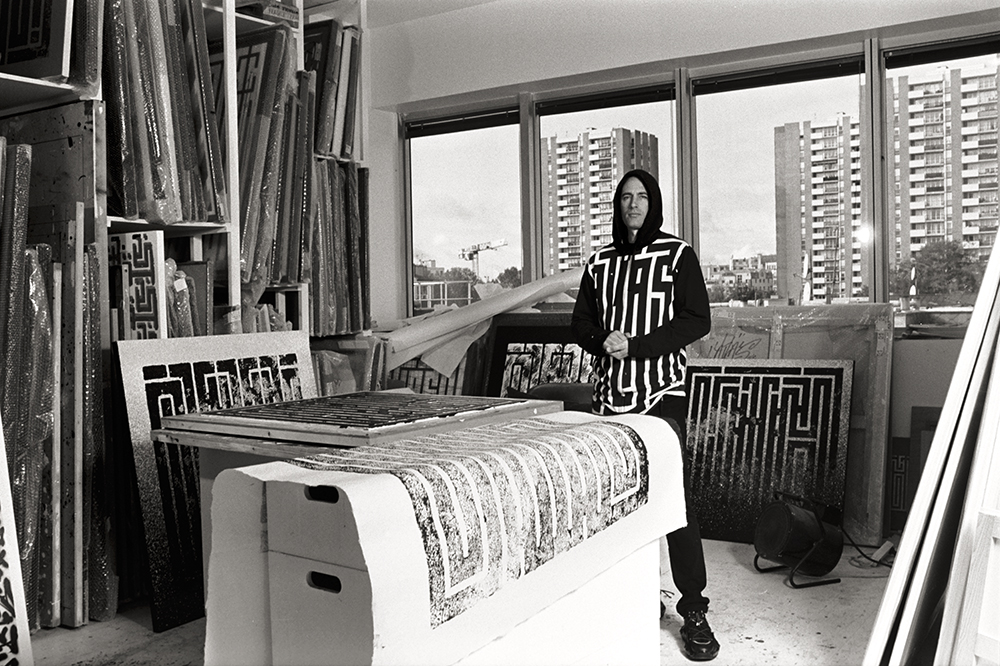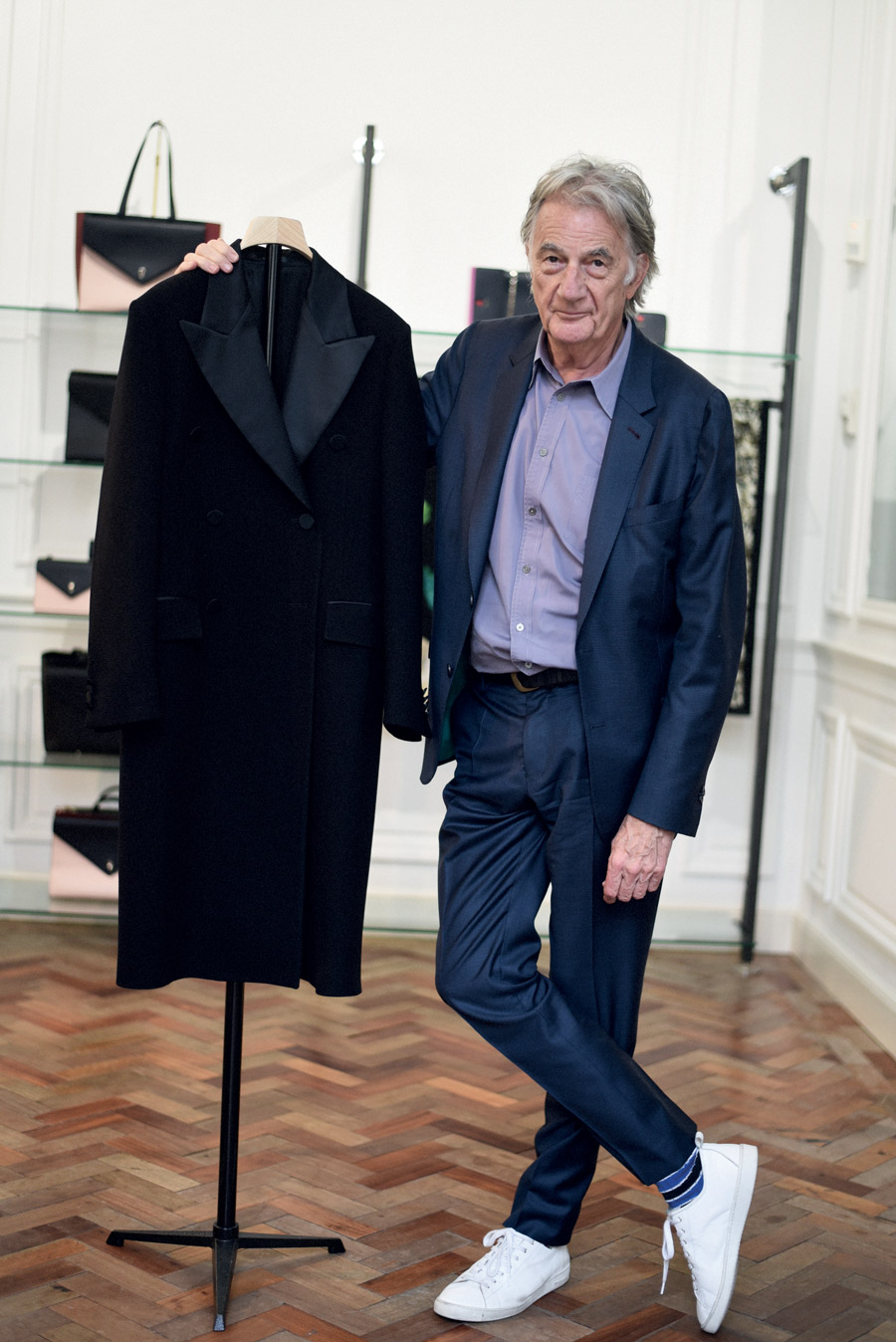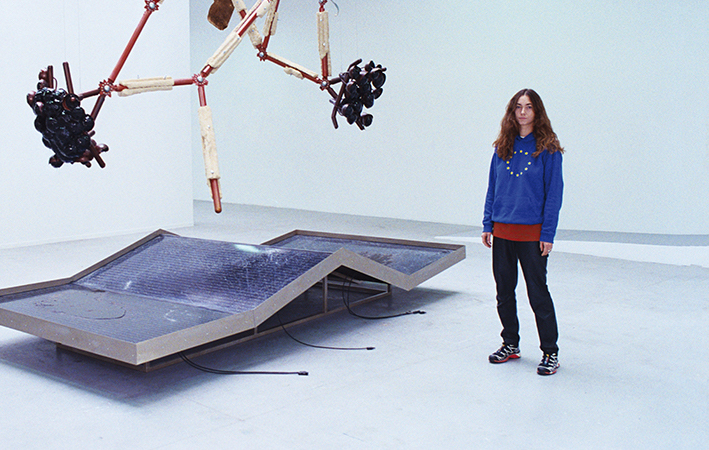
A picnic at sunset, 2019, (detail), carbonized sugar, painted metal, jesmonite, mushroom, broken solar panels, cables, screws, bolts, clamps / Exhibition Futur, ancien, fugitif, Palais de Tokyo, Paris
A MEETING BETWEEN AGATA INGARDEN & ARMELLE LETURCQ
By Armelle Leturcq
Agata Ingarden is the youngest artist participating in the exhibition of French artists Future, Former, Fugitive at the Palais de Tokyo. Already featured in our portfolio of young Parisian artists published last year, we met with the artist once again to learn even more about her artistic journey and the evolution of her practice. After growing up in Poland, she studied for three years at the Beaux-Arts de Paris and then spent a year at the Cooper Union in New York. Made up of textures and organic materials like sugar, caramel and salt, her works seem as though alive and permeable to the passing of time. This confrontation between reality and decomposition preoccupies Agata Ingarden, who finds a deep symbolism in materials and how they evolve in parallel with our own lives.
You are the youngest artist featured in the exhibition Future, Former, Fugitive at the Palais de Tokyo, which focuses on French artists. What do you think about that?
I am very happy to be included in this exhibition. I had an opportunity to meet other artists whose work I appreciate a lot. I feel like we are making very different works, but we have a dialog somehow with each other. I am happy to be a part of this conversation. It makes me also feel that I still have a long way in front of me. Today I am the youngest. Tomorrow it will be someone else. Age is irrelevant. The point of focus is to give our best with the time we have. I guess it takes a lifetime to find a balance between trusting and questioning oneself.
Do you consider yourself a French artist or part of the French scene?
Of course. I am from Poland but I lived, studied and worked in Paris since I was 18 years old. I grew up and made friends here and developed my practice mostly in France, but also between New York, Brussels, Poland, the Netherlands, Germany and travelling for my exchange year or different projects. Paris is my home. The French artistic scene is rich because of its cultural diversity.
What is your background, your story? When did you decide to become an artist?
I am not sure when one decides to become an artist. It is a vague term.
My story began with moving between countries, through a will to learn other languages and study abroad. From my home, I took an interest in architecture and theatre. Now I am finding myself building my identity somewhere between three languages. Art is another one of these languages. It is a way of communication for me.
What do you remember from your time at the Beaux Arts de Paris? Did you acquire a specific skill or way of thinking?
It’s the people I met there. The fact that we were all mixed together between years in the studios facilitated the exchange. I learned a lot from friends and my studio teachers, for example that no one will tell you what to do and you have to know. It was also about finding cracks in the system, spaces suspended between reconstructions, bureaucracy, and occupying them to be able to make some projects. I think it was a fair mixture between practice and reflection.
What is the meaning of your installation at the Palais de Tokyo? How did you design and manufacture it?
The installation grew out of the glass ceiling of the space, which reminds me of a greenhouse. It is two big sunflowers growing upside down. I see it as a mirage in a desert landscape, a Fata Morgana, star constellations above the map of the world. The system that connects the elements is based on twenty-three holes. It is like a clock that is missing one hour. Taking out “one hour” changes the possible angles of the connections from 15/30/45/90 to angles that are slightly off, and it defines how the entire structure comes together. This slight manipulation is literally creating a different time-space dimension. There are some hidden mathematical orders to it, mixed in with a fair dose of exceptions and chance. And then the materials used play an important role, too. The “leaves” or the “roots” of the sunflowers are made out of mushroom, and the flower heads are made out of carbonized sugar that drips constantly on found solar panels with broken glass. It is about how different systems/orders are intertwined. It is also about the balance of energy and energy loss. All the elements were fabricated in my studio, some designed and ordered, some found. The base was constructed with the help of the Palais de Tokyo installation team.
Is experimentation an important aspect of your work?
Putting together a piece is like designing a roulette game. Every new project is an experiment. Even previous installations readapt when installed in a different space or context. The chance factor and considering the characteristics of the space are important for me. Then some of the materials that I use work in an unpredictable way. Carbonized sugar reacts with the environment, and changes state depending on the conditions (temperature, humidity) it is exhibited in. I like the idea of things being a bit different every time we look at them.
Is strangeness also an aspect of your work?
What interests me is the point where “the self” meets “the other”. The abject. The question of the coexistence of elements. How we build and understand relations between each other, nature and technology, which are like extensions of our body. When a personal story becomes a collective consciousness.
Does the notion of masculine/feminine make sense in your work or not?
I don’t think I could use those terms to talk about my work. It’s the in-between that I am interested in: about different ways of world building, connection building, relations between systems, matters, meshworks of elements where different domains interweave.
What do you think of Paris’s place in art today? And in general?
I like it here. I am surrounded by great young artists and interesting people. New spaces are opening. I love the feel of the city. It is a moment in time where people who may have different life journeys or experiences, but still have something in common, can meet in a certain place. This space is less concentrated in one particular city, maybe it is somewhere on social media also. I don’t know where is “the place to be” today. But I am here, in Paris.
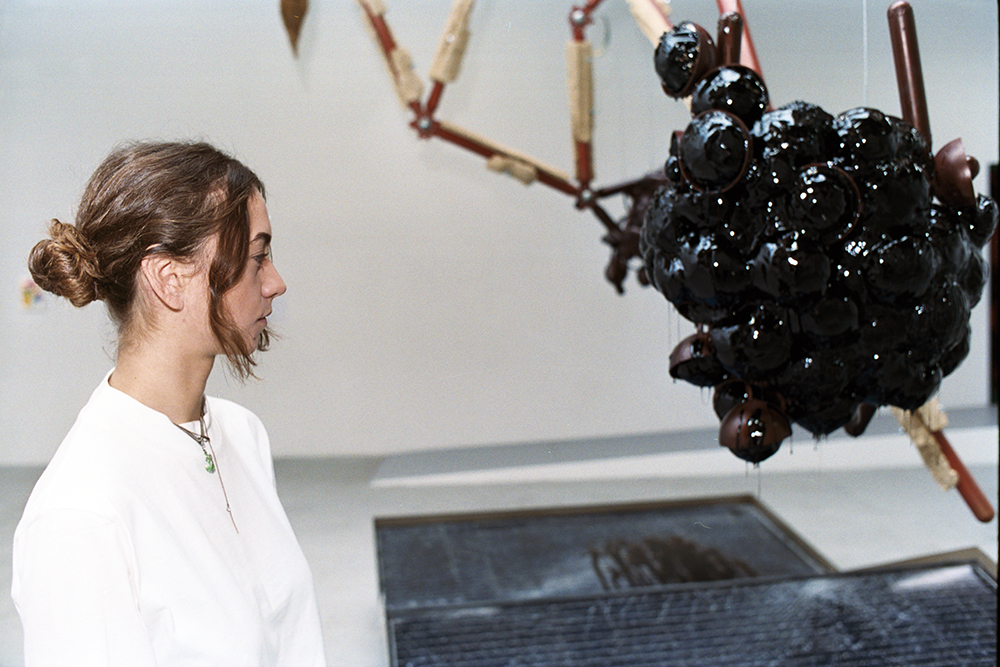
A picnic at sunset, 2019, (detail), carbonized sugar, painted metal, jesmonite, mushroom, broken solar panels, cables, screws, bolts, clamps
Exhibition Futur, ancien, fugitif, Palais de Tokyo, Paris
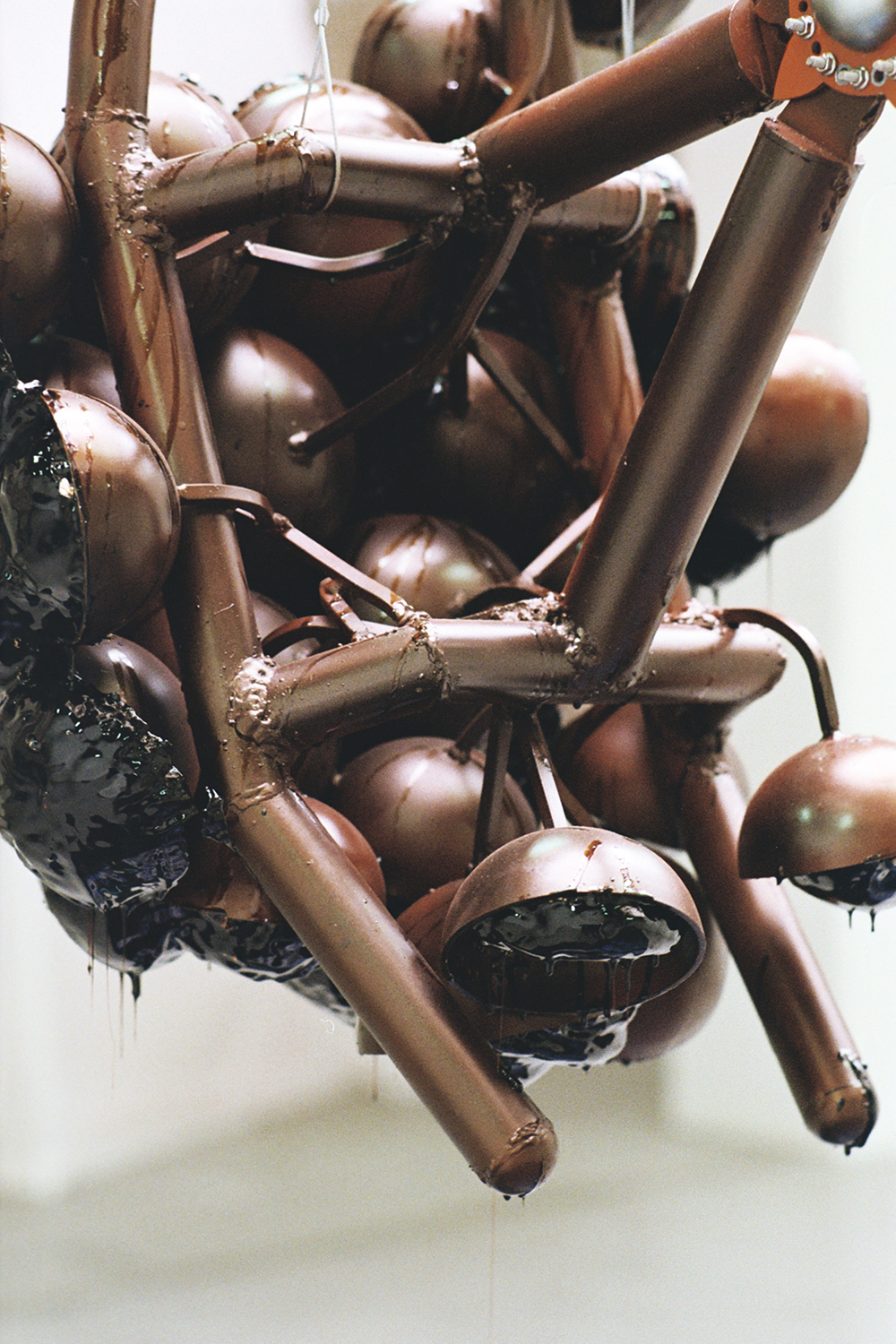
A picnic at sunset, 2019, (detail), carbonized sugar, painted metal, jesmonite, mushroom, broken solar panels, cables, screws, bolts, clamps
Exhibition Futur, ancien, fugitif, Palais de Tokyo, Paris
***
Interview by Armelle Leturcq.
Photos by Bertrand Jeannot.







